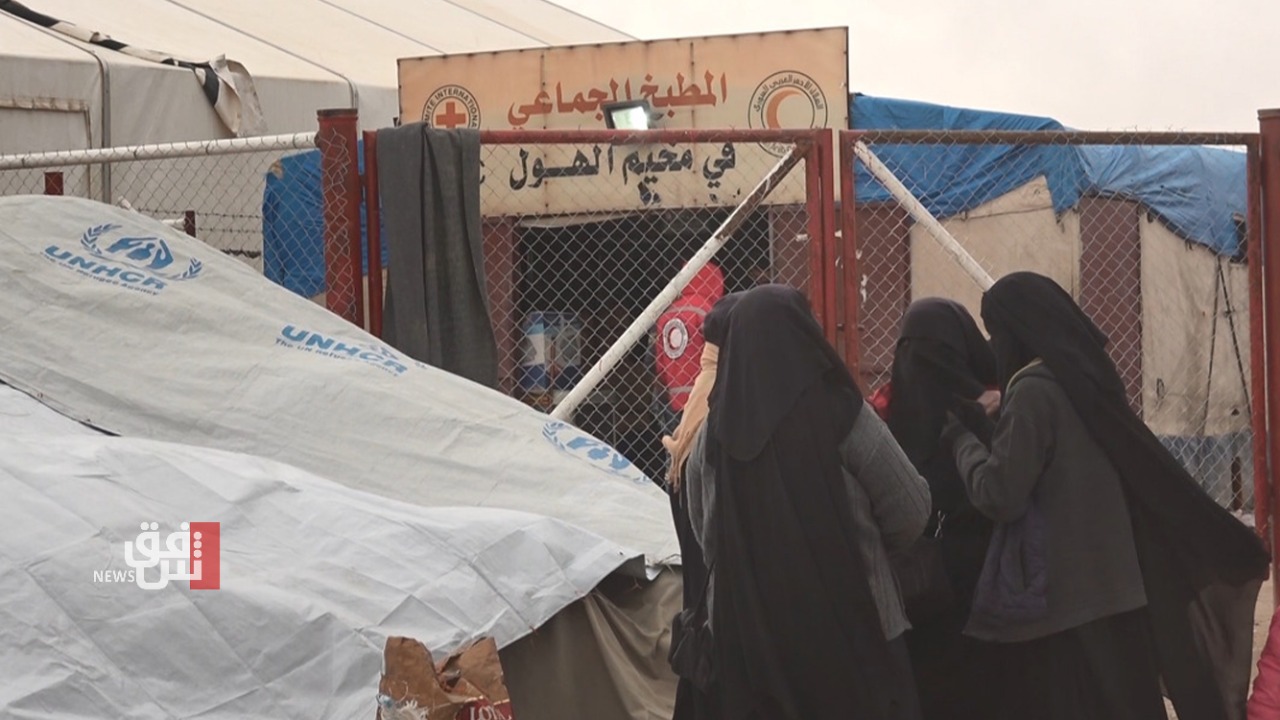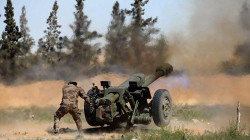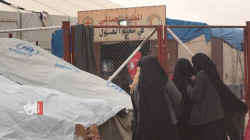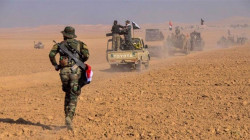Isis and the ticking time bomb facing the West

Shafaq News/ You thought Isis was old news. The world celebrated its territorial defeat nearly four years ago. The group that once controlled an area the size of the UK had been battered by more than 30,000 airstrikes, and tens of thousands of its militants had been killed. It was over. Really, though, the war against Isis never stopped. The US military has just announced that last year some 700 Isis militants were killed and 400 captured in operations in Iraq and Syria. The group was responsible for more than 500 attacks on Iraqi and Syrian soil. Isis is not going away.
When Isis was ‘defeated’ at Baghouz in eastern Syria in March 2019, the group was left weaker than it had been in a decade. The US and allies had put together an effective intervention, working ‘by, with and through’ the military in Iraq and anti-Isis militias in Syria. Hoping to avoid a commitment like that in Iraq in 2003 or Afghanistan in 2001, we put the onus on locals to fight with our support, rather than the other way around
But 18 months before Isis’s ‘defeat,’ the terrorist group had started the process of changing from a ‘state’ to an insurgency. Fighting them since has been far more complex. Isis operates in the shadows, in small cells that attack quickly and then disappear. Some Isis militants live double lives in populated areas, many operate in vast deserts or remote mountain ranges. In Syria, in particular, they blend into the chaos. Ethnic, sectarian and political hostilities persist there. There’s a crippling economic crisis, and Turkey continues to threaten another destabilising incursion. In central Syria’s Badiya desert, pro-regime forces have proved incapable of putting a durable end to the terror group’s operations. They have more than just Isis to worry about. In the northeast, meanwhile, US troops are the only thing holding together a meaningful counter to the terror group. No one knows how long the Americans will stay there.
While the number of Isis attacks in Syria and Iraq in recent months remains relatively low, they are getting more and more sophisticated and deadly. Twenty-five people were killed in attacks in Iraq in the second half of December, forcing Iraq’s prime minister to admit ‘a clear failure’ by his government and the military; in Syria in December, Isis was able to penetrate sensitive military facilities in the northeast and kill at least 20 people in regime areas. Cases of extortion, taxation and targeted intimidation have rocketed in both Iraq and Syria, and the group’s use of suicide bombers and deployment of car bombs has increased. These enhanced capabilities are becoming hard to ignore. Counterterrorism experts will recognise them as signs of a maturing insurgency. Isis is shifting from defensive to offensive operations.
Isis’s greatest potential advantage, though, is currently sitting in prison. At least 30,000 of its militants are detained in Iraq and Syria. ‘A literal Isis army’, according to the US military. The prisoners are from dozens of countries around the world, and none of their governments want them back. Isis has a long history of organising prison breaks, and a successful one would be a major coup. In January 2022, a massive attack on the largest prison in northeastern Syria started a week-long battle that killed 420 Isis militants and 120 Syrian military personnel.
Equally concerning are the nearly 60,000 women and children being held in camps in northeastern Syria, who were detained when the ‘caliphate’ collapsed in March 2019. Half of them are under the age of 12. They’re in danger, the US military said, of becoming the ‘next generation of Isis’. The terror group has placed the fate of these women and children at the heart of its propaganda, repeatedly demanding a mass mobilisation to secure their release and linking a campaign of attacks to that end.
While three quarters of the 60,000 are from Iraq and Syria, efforts to return them are painfully slow. Around 4,000 of 27,000 Iraqis were repatriated in 2022, and almost no Syrians were. For the roughly 10,000 coming from nearly 60 other countries, the political, legal, and logistical challenge of sending them back to where they came from is immense. In 2022, despite international support for repatriation increasing, just 537 were returned home. Around 0.5 per cent of the total. At this rate, returning the children to their countries of origin will take more than 30 years. Kids will spend their entire childhoods in detention centres and will grow up hating the people who put them there. To make matters worse, the US military says there are at least 80 births in the camps each month, even though the camp populations are 95 per cent women and children.
Consider that, in 2001, the US detained around 700 men in Guantanamo Bay, and after 20 years of attempting to close the facility by repatriating prisoners, 35 remain. With 30,000 male prisoners and 60,000 women and children in detention camps, the Isis detainee crisis is a terrifying danger.
Isis’s most serious operations today are taking place in Africa, where the group causes terror in countries like Mali and Nigeria. But ultimately their credibility comes from its leadership in Iraq and Syria. Dealing a defeat to the group there, like we did in 2019, could cripple Isis’s brand around the world, and put off the next generation of potential militants.
Today’s efforts to counter the group are at most containing Isis. Degrading or defeating it will need a different kind of warfare to what worked in 2019, and a good deal more resources. If we fail, this old story may well become a new one again. And again. And again.
Source: The Spectator





